Top 5 Opening Systems You Must Know

Chess openings are akin to the initial strokes on a canvas, setting the stage for intricate struggles that unfold as the game progresses. Each system beckons players to embrace their strengths and craft their unique take on the board. In this exploration of various chess opening systems, we journey through a collection of strategic approaches that have shaped the chess landscape over time. From the classics to the contemporary, each system carries its unique charm and intricacies, captivating players young and old.
In this article, we will take a look at the Top 5 Opening systems every chess player should know.
1. London System
The London system was first played in an English tournament in the 1920s, where White employed a particular setup of pieces against all of the different black setups.
Now in the modern age of computers and deep opening preparation, this is exactly the reason why this opening is so alluring to many players.
The typical piece position in the London system is
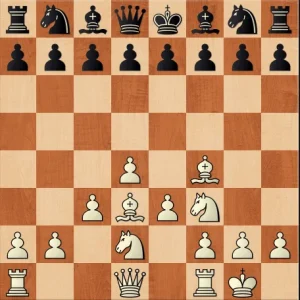
The London system promises a safe edge in most positions and almost always white ends up in familiar positions.
In the following game, we see the white player play for a typical kingside attack.
Model Game
2. Colle System
The Belgian champion Edgar Colle, who played the opening with tremendous dexterity and aggressive flair, popularized this opening strategy in the 1920s.
This opening system avoids confrontation and interaction between the pieces in the opening.
Instead white prefers to develop the minor pieces to good squares and then proceed to position the major pieces to harmonious positions. Only now does White decide to decide the arena of play; whether be it the center, Kingside, or Queenside.
The general setup of the pieces is:
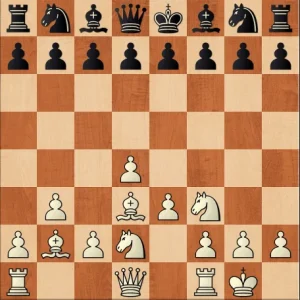
The Colle system produces a balanced game with chances for both sides and with the added advantage that there is not much theory to study.
This opening also features the famous Pillsbury plan. The plan is to place the knight on e5 and launch a quick attack against the castled king. This plan is very dangerous if your opponent doesn’t know how to properly respond to the attacking ideas.
Model Game
3. English Opening System
Opening with c4, White hopes to achieve a flexible game. The English Opening System employs a light square strategy.
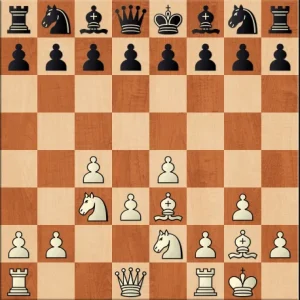
The d5 square is firmly under our control and White has two breaks that he can employ. The f4 break and b4 break. You need to assess both breaks according to the needs of the position.
The system focuses on securing strong points in the center rather than putting immediate pressure on the black forces.
One advantage of playing this opening system is that it limits the pawn break plans that Black has. This forces the black side to play a maneuvering game where the plans and ideas are much more familiar to the white player.
You can arrive at the English opening system through various move orders and this gives white great flexibility and carries an element of surprise.
Model Game
4. Vienna Game System
The basis behind the development of this opening system was to improve the King’s Gambit. We can call the Vienna Game System, a refined evolution of the King’s Gambit. The idea is that White intends to play the f pawn thrust only after developing the queenside knight.
Another modern way to play the opening is to use the development of the knight in combination with the f1 bishop. The f1 bishop is either developed to c4 or it is fianchettoed to g2.
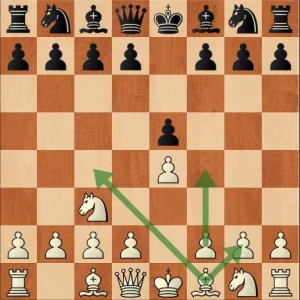
The setup of white pieces carries a lot of potential energy and inaccurate play by black can result in a quick kingside attack. You can see this in the Model game below.
Model Games
5. Trompowsky Attack
This is a unique opening system that defies conventions. The Trompowsky attack is an underrated opening system in the d4 complex.
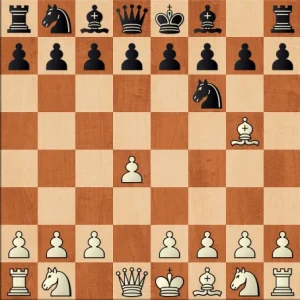
The opening goes against the opening maxim given by Lasker to develop the knights before the bishops. Trompowsky Attack provides a haven for players who wish to avoid preparation and depend on their imagination.
With the bishop’s move white intends to initiate a minor piece exchange if allowed. The idea is to immediately create an imbalance. The imbalance is generally of two types in the typical positions.
- Change in pawn structure
- Difference in Minor pieces
The Trompowsky attack is an ideal choice against the Nimzo-Indian/Queen’s Indian Complex and the King’s Indian Defense.
After the typical e6 in the Nimzo-Indian/Queen’s Indian Complex, White will play e4. This central thrust exploits the immediate consequence of the pawn move. It creates a pin along the h4-d8 diagonal.
Against g6, White can take the knight and play against a damaged pawn structure.
You might also like Queen’s Indian Defense – Complete Guide as well as 7 Master Tips to Improve Your Opening Play.
Model Game
https://thechessworld.com/store/product/english-opening-lemos-formula-with-gm-damian-lemos/





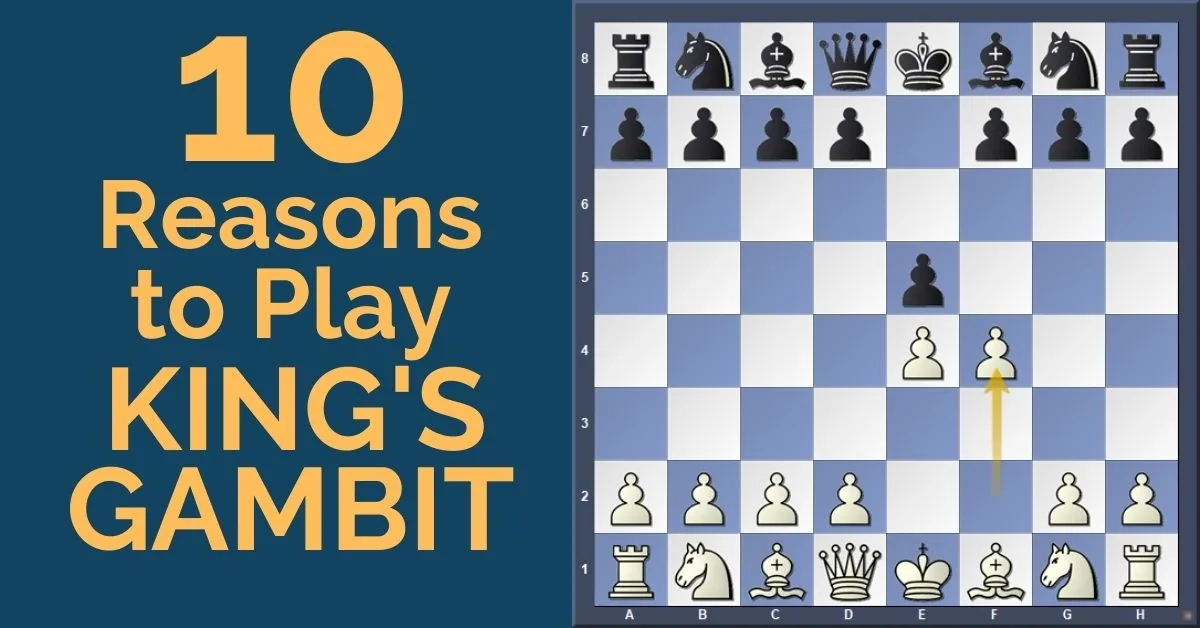




Comments: